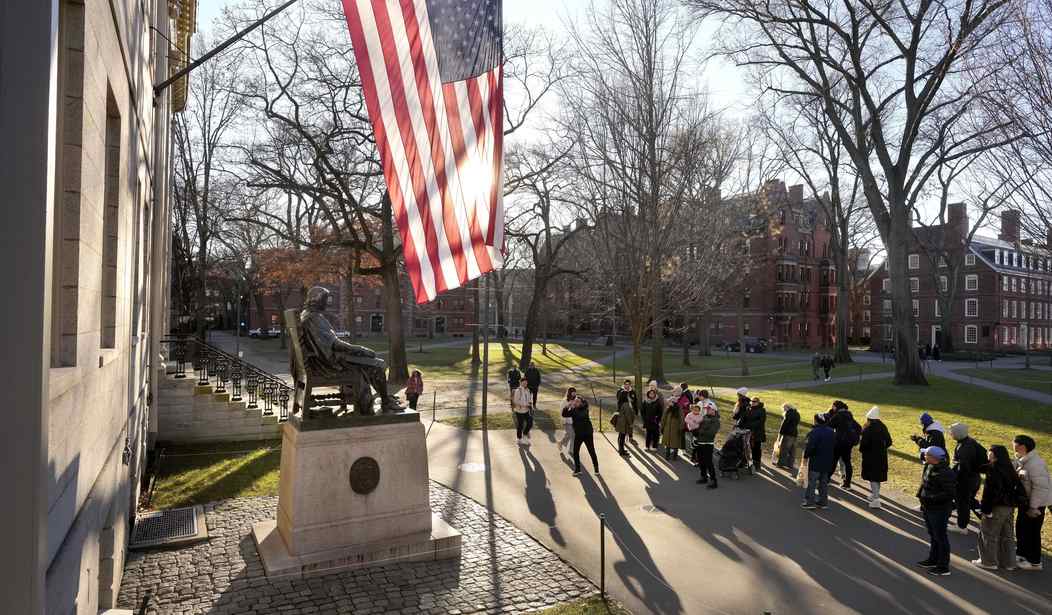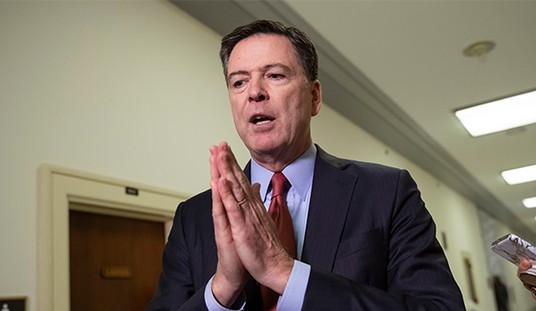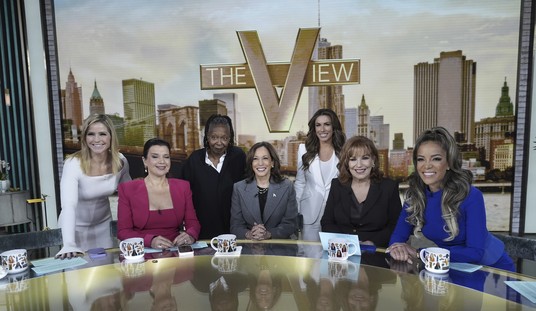Cultural anthropologists venture out into the world beyond the university, to study and try to understand people and their cultures often distant geographically and different in ideas and practices from their own. To do this they employ some simple procedures, that they dignify with the label “methodology,” to ensure or at least increase the probability of reining in their own assumptions and expectations, in order to grasp the reality of the world that they have entered. I shall return to these reality-oriented “techniques” below. In the meanwhile, an update on our ways of knowing.
Over the past decade, our schools and universities have changed their understanding, teaching, research, and administration by reorienting to an ideal-based perspective. It was assumed that, in most societal matters, we had discovered what the problems were, and had figured out the solutions. Inquiry was no longer necessary, because the answers were known. What was needed was activism to press forward the reforms that would put the answers into practice.
This utopian vision was attractive to many Americans, Canadians, Europeans, and other Westerners. The promised corrections to past injustices, and the assurances that fairness, and, yes, compassion, would guide the future working of educational, media, business, and governmental institutions. The promise was that oppressed, marginalized, and underserved minorities would be treated well, even if that meant special measures and focused preferences.
In academia, new programs and employees were dedicated to particular populations that claimed attention, and recruitment of students and staff, funding, benefits, were directed on that basis, and even facilities were designed and allocated with those populations in mind. Special employees were hired to enforce the ideals of this utopian vision. The school system, employees for which were trained in universities, followed by designing the curriculum and facilities to enforce the new goals.
This new vision, or ideology, was labelled “social justice,” and the particular measures instituted to apply it were “diversity, equity, and inclusion.” The underlying assumption was that all societies are based on those with power oppressing those without power. And that, in Western countries, the differences of power were based on race, sex and gender, sexuality, and disability, but in particular cases culture and religion.
The ideal to be fought for was absolute equality, or equity, the same outcomes in education, economy, political status, and social standing. This was to be calculated not among individuals, but among collective, census categories. All differences, or “disparities,” were deemed to be a result of prejudice and discrimination. Only absolutely equal results would demonstrate the presence of “social justice.”
This new idealism that reshaped Western institutions eventually faced two negative reactions: One was that giving special privileges to minorities deemed victims, disadvantaged members of other categories. As the French diplomat Talleyrand said, “C'est pire qu'un crime; c'est une faute”: “It's worse than a crime; it's a mistake.” It was a mistake because the disadvantaged party was the majority of Americans, Canadians, and other Westerners. In a democracy, denying the rights of the majority is sure to lead to a backlash.
The assumption that the new morality, “social justice,” was settled and certain, and that no further exploration and testing of understanding was needed is jejune in the extreme, paralleled only by claims that “the science is settled,” which is a basic misunderstanding, because “science” can never, by its nature, be “settled.” The understanding of “social justice” was not, as claimed, the pinnacle of knowledge, but the negation of knowledge, as was made clear by the vehement opposition to any criticism, the attacks on and cancellation of anyone who disagreed, and the switch in emphasis from research to activism.
In other words, ideas and people were not judged according to their correspondence with or understanding of reality, but by their moral purity. Several lines of thought contributed to this evaluation. The old “sociology of knowledge” took the position that what people believed depended on their social position. The more recent European “critical theory” reduced knowledge to power, alleging that established knowledge is always ideas that supported the elites in the power structure. (The academic and political elites advocating “social justice” never applied this theory to their own ideas and positions.) And intellectual relativity followed: since “truth” varied relative to power, there was no real “truth” to be learned. In other words, the search for “truth” was futile at best, while at worst was a support for power (for the wrong people).
In this new “moral” vision, the job of education and universities was no longer the search for truth, but the dissemination of the new morality, of “social justice.” Universities were no longer educational institutions, but social movements for moral purity. As such they had to destroy previous wrong thinking, easily discovered by the incorrect race and sex of the authors, and the time period of their creation. The entire literary and artistic tradition of the West was cancelled as immoral, so no longer could be part of the curriculum and should be, in good faith, rejected.
In order to establish equity, absolute equality, and the statistical equivalence of all census categories, equal opportunities had to be offered, but that was not sufficient to bring about the desired parities. Consequently, all selection based on merit, on achievement and potential, had to be cancelled; all standards were lowered or cancelled entirely. The result was that performance was also lowered. Reality can be denied and ignored, but it cannot be avoided.
So, how do we return to reality-based knowledge? Let’s turn to anthropologists “in the field” trying to understand what people are doing. Three very simple techniques are necessary: First, the anthropologist talks to people, asking what they are doing and why they are doing it that way. Asking what they want to accomplish. What do people want, and how do they go about doing it? Of course, anthropologists realized that people might be too busy, too impatient, or too prone to playing tricks to answer clearly, fully, and honestly. It helps to talk to a lot of different people, to even out the bumps in responses.
Even so, responding to an anthropologist’s questions is not real life for the respondents. What they say doesn’t really count in their lives. But what is real life for the respondents is what people say to one another in the community. So, it is necessary for the anthropologist to observe what people say to one another in the course of their activities. It may not be clear or completed, although it is likely plenty clear and complete for the speakers and listeners, and it may not be true. But it is always significant in their real lives. Anthropologists have to listen to discussions as they are ongoing in the community. If they do not understand what is being said and its significance for the people themselves, their work is not complete.
But, as we all know, words are one kind of action, but there are many other kinds of action. Whatever people say, anthropologists must watch closely to observe what people actually do. The contrast between what people say and what people do is always significant, as it is in our own lives. Let me give a simple example: Early in my fieldwork of 27 months among the Yarahmadzai Baluch of southeastern Iran, I asked a tribesmen named Shams A’din of the Dadolzai lineage what happened when members of the tribe got into a fight with one another. He replied that they did not fight, because “we are one,” a favorite way that tribesmen say that they are unified. They also say “We are all brothers.”
After a time, I heard that conflicts had broken out between individuals. In one case, a date palm trunk cut by one man was taken by another man. The kin of the first man formed a war party and went to retrieve the trunk. No fighting was involved, but the war party was ready to fight if necessary. In another case, a camel belonging to one tribal section ate dates off of a palm owned by a man from another tribal section. They traded insults and then blows. This led to further fights between members of the two sections, and eventually war parties, but no mass fights and no serious injuries. In this tribal environment, even a drop of blood is considered a serious injury requiring serious compensation. The tribal chief, Han Mahmud, stepped in and brought about a resolution.
The Baluchi tribes, like the Bedouin in Arabia and beyond, and most tribal peoples, maintain social order through collective responsibility, well illustrated by the motto of the Three Musketeers, “All for one, and one for all.” These tribesmen are organized in patrilineages ranging from small, like the Dadolzai, to large, such as one of the three tribal sections. Who mobilized in support of someone in a conflict depends on who the opponent is. If they are close in descent, only their small lineages mobilize; if they are distant, then large lineages or sections mobilize. The principle is to always side with a closer relative against a more distant one.
In this case, what I was told was true, but incomplete. Absent any internal conflict or in the face of external aggression, the tribe was unified, all brothers from a common ancestor. In the case of a conflict, mobilization was defined by the distance between the conflicting parties. By asking, listening, and watching, I was able to learn how the Baluch thought and how they acted.
These simple anthropological techniques are drawn from the Enlightenment tradition of open-minded research based on evidence, which was the tradition of our universities until they threw it over for the morality of a utopian vision. Asking questions and challenging understandings through evidence was the heart of the Enlightenment university, but after the recent institutional conversion to imposing morality, challenges to woke truths were regarded as heresy, and the heretics bullied into silence or excommunicated and expelled.
Returning to open-minded, reality-oriented teaching and research is as easy as deciding to do it, to protect it, and to reward it. We can do that, and, in some places (Republican states in the U.S., but not at all in Canada), we have already started to do that. We can reclaim the achievements of our culture and honest scholarship and research, today and in the future, by returning to the productive traditions of the Enlightenment university.









Join the conversation as a VIP Member